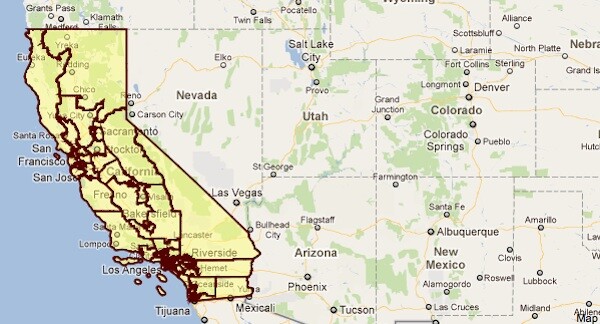Re-Drawing California's Political Landscape

Our once-per-decade blood sport known as redistricting has reached its near-final round. The last versions of the first ever California legislative district lines drawn by an independent redistricting commission have finally arrived. Goodbye gerrymandering, hello fair legislative districts?
The final versions look substantially similar to previous draft maps released by the commission. However, the commission appears to have abandoned changes to the 33rd Congressional district in Los Angeles.
The commissioners tentatively approved the maps last week. The approval was not unanimous, however. Two Republican members of the commission voted against the Congressional maps. One of those individuals also voted against the state legislative maps. Final approval must come by August 15th.
The new lines will create a very real political shakeup in the Golden State. A number of incumbent lawmakers could face off against other incumbents, or could run in districts that look substantially different from those in which they were victorious.
One of the big takeaways is the increase in the number competitive of Congressional seats. There could be approximately one dozen competitive seats. This would significantly change the political landscape in California. Since the last redistricting in 2001, only one congressional seat has changed parties.
Another interesting aspect of the final maps is that it looks like the new lines, drawn to reflect demographic changes in the state, will allow Democrats to pick up a few seats. This is more than a little ironic. Democrats control both legislative houses in California and outnumber Republican members of the U.S. House of Representatives from California. Democrats therefore controlled the redistricting process, were loathe to give up their line drawing power.
An increase in the number of Democrats in the state legislative houses could be hugely significant if they are able to surpass the magic threshold of two-thirds of the State Senate and Assembly. That is the number of votes needed to vote to raise revenues. Future budget negotiations would be substantially different under such a scenario.
And finally, let the litigation begin. It seems likely there will be litigation surrounding the maps. Perhaps in light of that eventuality, the commission has voted to retain several of their key aides.


